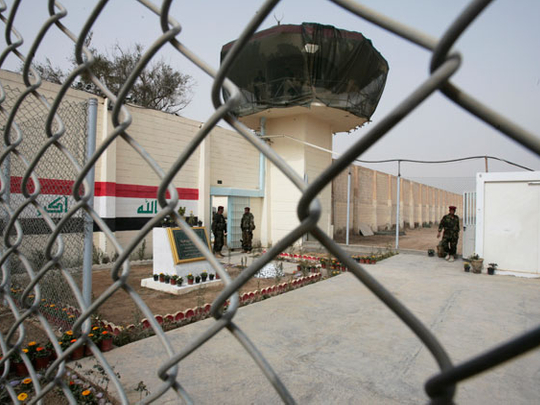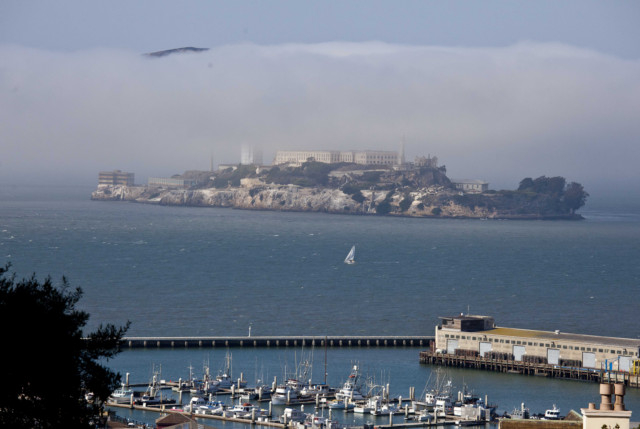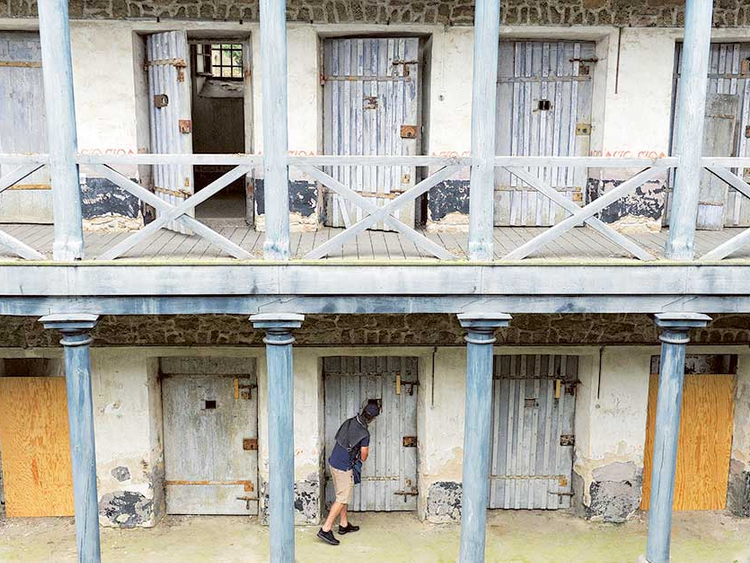
The Arab world has a rich history. There is so much to explore in terms of historical monuments, cultural relics and varied traditions.
Apart from its diversity and the usual tourist attractions, there is another area that has been hitherto overlooked: the prisons (some of which have become part of history for its infamy).
There is a scope to turn these places, now in disuse, into places of interest.
Relics of the past
Apart from generating revenue, these relics of the past will serve as a source of education for those interested in understanding the history of the place. It will also attract curious tourists in hordes.
Converting old jails into centres of tourist attraction has become a trend in recent years.
During a recent visit to the US, I visited Alcatraz, the notorious prison in the US which figured in several Hollywood movies — escape attempts of its inmates were a recurring theme.
The place today is among the top tourist attractions in the United States, receiving nearly a million visitors every year.
Tickets need to be bought in advance. (Showing up at the assigned deck for the cruise trip without a ticket will be a great disappointment).
“People were dying to get out of here, and now they are dying to come here,” said the tour guide laughing. Apart from the cost of the ticket, tourists on the “The Rock” island (where the former prison is situated) buy souvenirs, maps and books.
Interestingly enough, some of the sold books are signed, at the site, by their authors; former prisoners speaking about their experiences.
Alcatraz was closed down and the inmates were moved to another prison not because it was a notorious place, but because the cost of running it was too high.
(Sometimes, I really like and respect the American frankness; the closure was because of the cost, not because the prison made headlines due to its human rights violations.)
I hope the other notorious American prison of Guantanamo will be open for tourists in the near future after it is closed down.
Mandela's jail, Abu Ghraib
Another one that is generating money is the Robben Island prison, and particularly cell number 5, where the extraordinary Nelson Mandela spent nearly 18 of his 27 years as a prisoner.
Every place in South Africa he went to and lived in has become popular as tourist spots. All those places narrate many details of apartheid.
Many prisons around the world are actually the scene of many historical and important events.
In the Arab region, the infamous Abu Ghraib prison could attract large numbers of tourists if it is open to visitors once the security situation in Iraq stabilises.
After the Israeli withdrawal from South Lebanon, “Al Kheyam” prison, which was run by both Israel and its supporting Lebanese militias, was open for media. I am not sure if it is still open for tourists.
Jails as tourist attractions
Former Libyan, Tunisian and Iraqi prisons could become tourist attractions.
Regardless of how we view things, there are places that really have a place in history and not just related to certain figures.
For instance, no matter what we think of former Iraqi president Saddam Hussain or Libyan leader Muammar Gaddafi, I wonder why their palaces, offices, and tents are not kept for future generations and for visitors seeking to have a glimpse of the life of a figure who played a major role in the politics of his/her country for several decades.
Personally, I wonder why when there is a revolution, or a civil war, a coup or any major development in any Arab country the “newcomers” remove any trace of the “previous occupants”?
Palaces, in most of the cases, are destroyed or converted to many things but not museums or hotels.
Ugly past?
Chapters in history books are rewritten, or simply omitted, statues are uprooted, murals are distorted and removed, and prisons are demolished, as these are all reminders of an ugly past.
But why?
Are not all those part of our “story”?
History is not only learnt and built on “rosy past”. Events are not always rosy.
Look at Iraq after the 2003 war.
Saddam Hussain was a dictator for many, but he was a nationalist leader for many others. Any trace of the man who ruled Iraq for nearly 30 years is gone, as if he never existed, and never shaped part of the modern history of the country.
And if I remember correctly, the rope that Saddam was hanged with almost 11 years ago, was taken by one of the Iraqi officials who was present at that moment and is kept at his home (as the official said in a press interview).
These items (however grisly) form part of Iraq’s history and is a property of the Iraqi people, not a single person.
Though I am totally against imitating the West in their way of living, I must express my admiration to the way they look at their history.
Though I realise that we have our own ways and traditions because we are different in many things including culture and background, I find myself supporting the idea of introducing some of the western aspects in our lives.
We don’t want to read books written from somebody else's point of view to know our own history.
Let us begin by looking around our region first.














